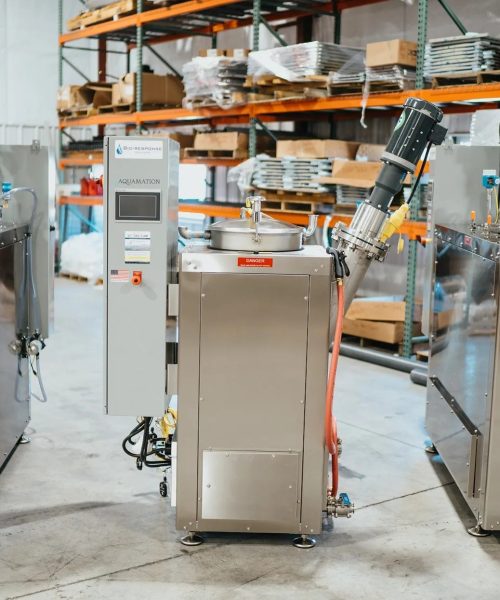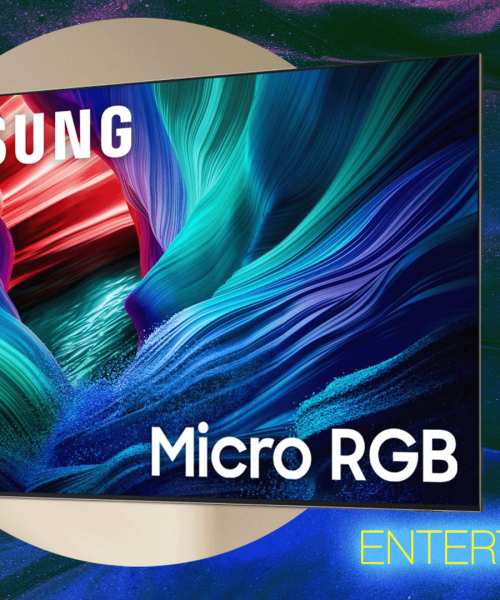The universe’s roughly 100 billion supermassive black holes are constantly spinning like ongoing celestial hurricanes. An international team of astronomers have now found a new way to measure just how fast a black hole spins, using the wobbly aftermath of a black hole tidal disruption event. The new method is detailed in a study published May 22 in the journal Nature and sheds light on the evolution of black holes.
You spin me right round
All black holes have a characteristic spin that has been shaped by its collective cosmic encounters over time. A black hole will spin faster if it has primarily grown though instances where some stellar material falls onto its accretion disk. A black hole that mostly grows by merging with other black holes will have a slower spin, as every merger can slow things down when the spins meet.
[Related: Humongous stellar-mass black hole is the biggest ever found in Milky Way.]
When a black hole spins, it drags the surrounding space-time around with it. This drag effect is an example of Lense-Thirring precession. This 106 year-old theory describes the ways that very strong gravitational fields can pull on the surrounding space and time. This effect would normally not be quite as obvious around black holes, since they do not emit any light.
Following the flashes
Physicists have recently proposed that after a black hole tidal disruption event (TDE), scientists may have an opportunity to track the light from stellar debris as it is dragged around. This could then help measure a black hole’s spin.
In this study, the team used a black hole TDE to come up with a new way to measure black hole spin. TDEs are brilliantly bright moments that occur when a black hole exerts a tide on a passing star and then rips the star into pieces. As the star is torn apart by the black hole’s giant tidal forces, half of the star is blown away. The other half is spread around the black hole, creating a very hot accretion disk of rotating stellar material.
During a TDE, scientists predict that a star may fall onto a black hole from any direction. This fall generates a disk of white-hot, shredded material that can be then tilted with respect to the black hole’s spin. When the disk encounters the black hole’s spin, it wobbles as the black hole pulls it into alignment. The wobbling will eventually stop as the disk settles into the black hole’s spin. As the disk encounters the black hole’s spin, it wobbles as the black hole pulls it into alignment, which could make a TDE’s wobbling disk a measurable signature of the black hole’s spin.
“But the key was to have the right observations,” study co-author and MIT astrophysicist Dheeraj “DJ” Pasham said in a statement. “The only way you can do this is, as soon as a tidal disruption event goes off, you need to get a telescope to look at this object continuously, for a very long time, so you can probe all kinds of timescales, from minutes to months.”
In February 2020, the team detected a bright flash emanating from a galaxy about one billion light years away from Earth designated as AT2020ocn. The optical data revealed that the flash was the first moments following a TDE. Since it was so bright and relatively close by, the team suspected it would be a great candidate to measure the spin of a black hole’s host galaxy’s center.
[Related: Flickering light could help astronomers weigh supermassive black holes.]
Using NASA’s Neutron star Interior Composition ExploreR (NICER) X-ray telescope aboard the International Space Station, they were able to continually keep an eye on AT2020ocn over several months. They followed it for more than 200 days after the initial detection of the tidal disruption event. The event emitted X-rays flashes that appeared to peak every 15 days before they gradually stopped.
They measured the spin of a nearby supermassive black hole by following the pattern of X-ray flashes that the black hole produced just after a tidal disruption event. To do this, they followed the flashes over several months and determined that they were probably a signal of a bright-hot accretion disk that wobbled back and forth, as the black hole’s spin pushed and pulled the stellar material.
Pretty slow–for a black hole
Tracking how the disk’s wobble changed over time allowed the scientists to figure out how much the disk was being affected by the black hole’s spin. According to the team, this revealed how fast the black hole itself was spinning. They found that the black hole was spinning at less than 25 percent the speed of light. This speed is relatively slow, as black hole Cygnus X-1 is currently spinning very close to the actual speed of light.
“By studying several systems in the coming years with this method, astronomers can estimate the overall distribution of black hole spins and understand the longstanding question of how they evolve over time,” said Pasham.
The new method could be used to gauge the spins of hundreds of black holes near Earth in the coming years. As new telescopes including the Rubin Observatory become operational, there could be more opportunities to pin down these spins.
“The spin of a supermassive black hole tells you about the history of that black hole,” Pasham says. “Even if a small fraction of those that Rubin captures have this kind of signal, we now have a way to measure the spins of hundreds of TDEs. Then we could make a big statement about how black holes evolve over the age of the universe.”





